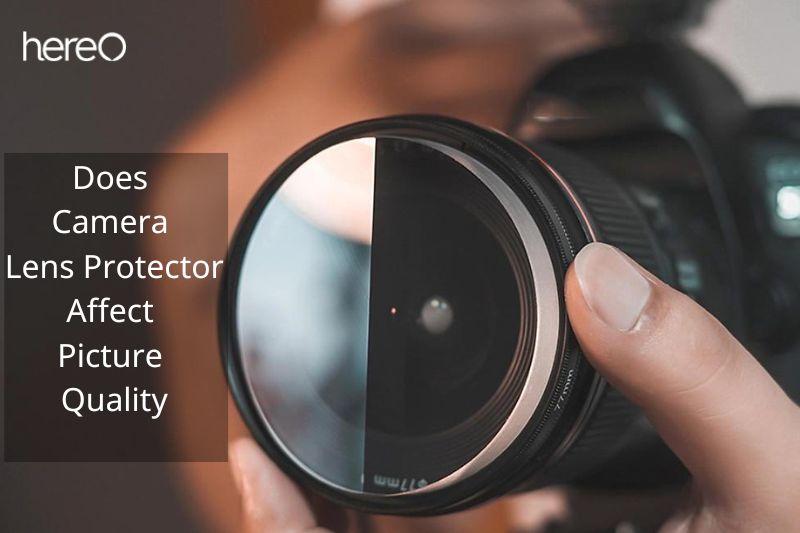Users of cameras are well aware of how crucial having a camera lens protection is. Fog, sand, grit, and water droplets are just a few of the things that might harm your camera. In order to limit the damage as much as possible, a lens protector prevents the camera from bearing them altogether.
But does camera lens protector affect picture quality? Let’s examine how the picture quality might be impacted by a lens protector.
Contents
- 1 What is a Lens Protector
- 2 Does Camera Lens Protector Affect Picture Quality?
- 2.1 Lens Protectors May Not Be Truly Transparent
- 2.2 Lens Protectors May Not Be Installed Perfectly
- 2.3 Scratches on the Glass Will Be Noticeable
- 2.4 Certain Lens Protectors Diminish Image Clarity
- 2.5 Protectors May Create Image Glare
- 2.6 Low-Quality Protectors Turn Yellow Over Time
- 2.7 Unclean Area During Installation Can Damage the Lens
- 2.8 Protectors May Cause Blurring in Photos
- 3 When Not to Use a Lens Protector
- 4 FAQs about Does Camera Lens Protector Affect Picture Quality
- 5 Conclusion
What is a Lens Protector
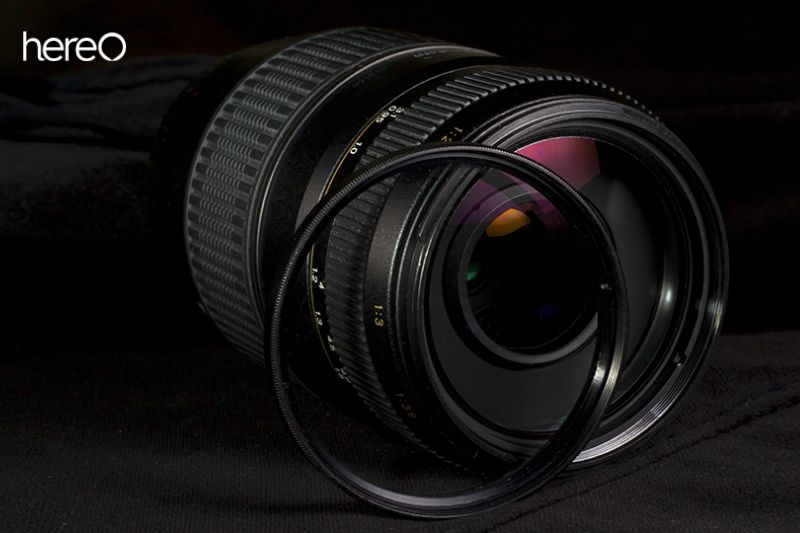
A camera lens protector is a thin, clear film that adheres to the front of your camera lens. It is designed to protect the lens from scratches, fingerprints, and other types of damage. It is also designed to reduce glare and reflections.
Since filters are frequently used as lens protectors as well, lens protectors are sometimes also referred to as filters. UV filters are the most popular lens protectors/filters used by photographers.
Does Camera Lens Protector Affect Picture Quality?
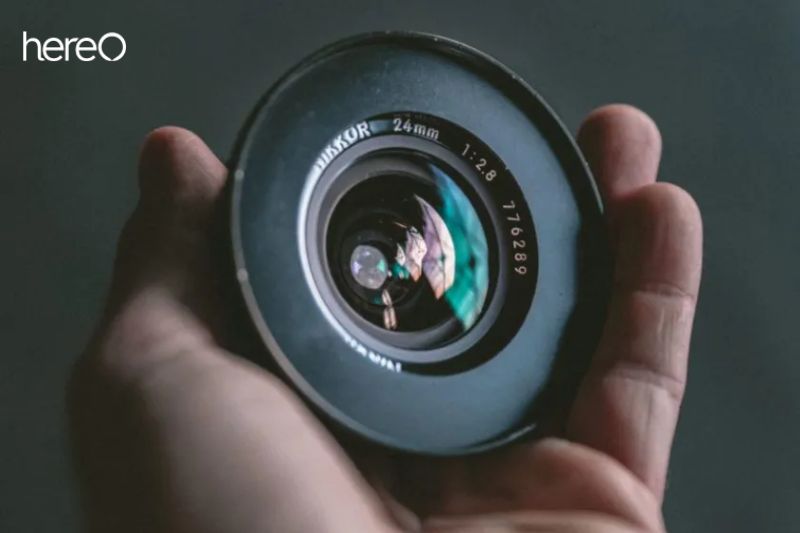
Most of the time, camera lens protectors don’t affect image quality at all. However, lens protectors can alter the quality of the final image by adding a small amount of color tint, glare, and decreased clarity. Additionally, photo protectors might slightly blur the image. Usually, improper installation causes these effects.
Lens Protectors May Not Be Truly Transparent
Because they are not completely clear, camera lens shields are one of the key factors that can lower image quality. This is so because tempered glass, which is typically used to make them, isn’t entirely transparent. As a result, your photographs might not be as clear and sharp as they would be if the lens protector weren’t present.
The deterioration in visual quality, though, might not even be apparent. This compromise is worthwhile for the majority of photographers. Well-made lens covers provide for the best products. The glass will remain crystal clear for a very long time as a result.
Lens Protectors May Not Be Installed Perfectly
Incorrect installation of camera lens covers is another way that they might reduce the quality of your pictures. A glare may appear in your images if there is even a slight space between the edge of the lens protector and the camera lens.
Make sure you select a high-quality lens protector and that you properly follow the installation instructions in order to prevent this. You can ensure that your lens protector is properly mounted and that your pictures won’t be harmed by taking a little extra care.
Scratches on the Glass Will Be Noticeable
By scratching the glass, camera lens protectors have a significant impact on image quality. Your lens may have an additional layer of safety in the form of a lens protector, but any scratches will still be noticeable. This is because scratches will generate a glare in your photographs by reflecting light differently.
Select a lens cover made of top-notch tempered glass to prevent this. Tempered glass is more scratch-resistant. Additionally, it is less likely to display any scratches that do happen.
Certain Lens Protectors Diminish Image Clarity
The best camera lens protectors will still let you shoot clear photographs even though they may not be completely transparent. The clarity of your images can, however, be impacted by a few things. The thickness of the glass is one of these elements.
The likelihood that the protector will lower picture quality increases with glass thickness.
The kind of coating used on the glass is another aspect. Certain coatings, which are typically undetectable, can cause a very tiny loss of clarity. Choose a lens protector with a thin layer of tempered glass and no extra coating if image quality is a concern for you.
Protectors May Create Image Glare
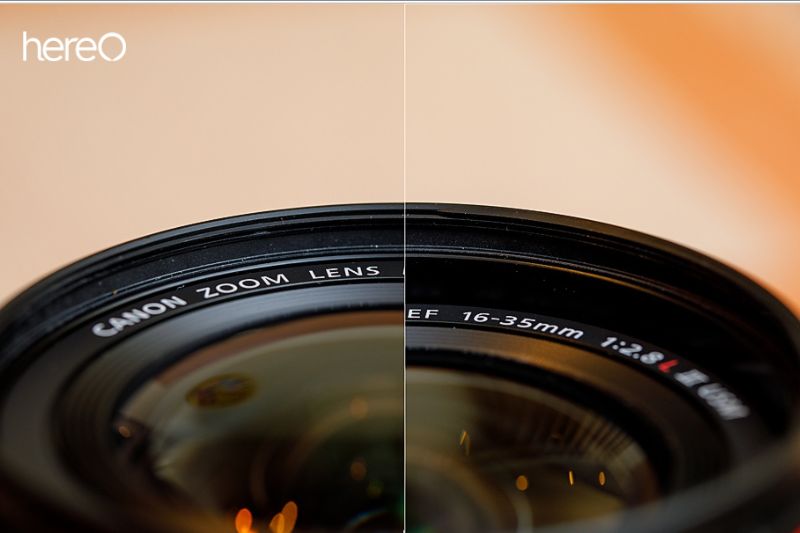
Glare is one of the most frequent ways that camera lens protectors can degrade image quality. When light reflects off the surface of glass, it creates glare, which results in a bright light wash in your picture. It can look less clear in your photos and be very distracting.
To avoid this effect, choose a lens protector with an anti-glare coating. This will help to reduce the amount of light that reflects off of the surface of the glass and cause glare.
Low-Quality Protectors Turn Yellow Over Time
The less typical occurrence of camera lens covers turning yellow over time having an impact on image quality. This is due to the fact that UV light can cause some plastic and glass materials to change hue. The yellowing is typically only apparent when comparing photos taken with and without a yellowed lens shield.
Make sure to select a lens protector made of premium tempered glass to prevent yellowing. Tempered glass will help keep your images looking clear and is less prone to turn yellow over time. Cheaper goods are more likely to engage in this behavior.
Unclean Area During Installation Can Damage the Lens
When installing the lens protector, the picture quality may suffer if the region around the camera lens isn’t clean. This is due to the possibility of debris becoming lodged between the lens protector and the camera lens. The camera lens may become scratched and harmed as a result of these tiny particles.
To avoid this, clean the area around the camera before you install the lens protector. A simple wipe with a soft cloth should do the trick. Ensure that there’s no dirt or dust on the surface before you apply the adhesive.
Protectors May Cause Blurring in Photos
While the majority of camera lens covers are completely colorless, some could have a very tiny tint. Although it normally goes unnoticed, this can have an impact on the quality of your pictures if you’re taking pictures in low light. Clarity and contrast may be slightly reduced as a result of the tint.
Make sure to use a lens protector made of clear tempered glass to prevent this because it is more likely to have less color. By doing this, you can maintain the clarity and brightness of your images even in low-light situations.
When Not to Use a Lens Protector
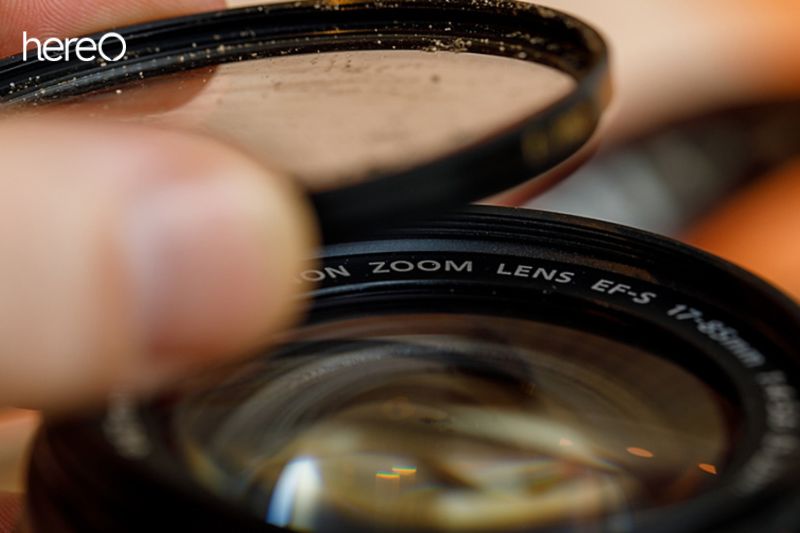
When image quality is of Utmost Importance
You won’t notice much of a difference in your image if you use a lens protector. However, there may be circumstances in which you want to get the most possible image quality out of your camera’s sensor. It is preferable to remove your filter in that situation.
When Shooting Directly Into a Light Source
It is typically a good idea to remove your protective filter when your scene contains bright light sources, such as the sun or other bright lights. In that situation, using any filter on top of your lens typically results in excessive flare, which is undesirable.
When You’re Using an Ultra-Wide Lens
Since the front elements of most ultra-wide lenses are bent, no filter or shield will fit on them.
FAQs about Does Camera Lens Protector Affect Picture Quality
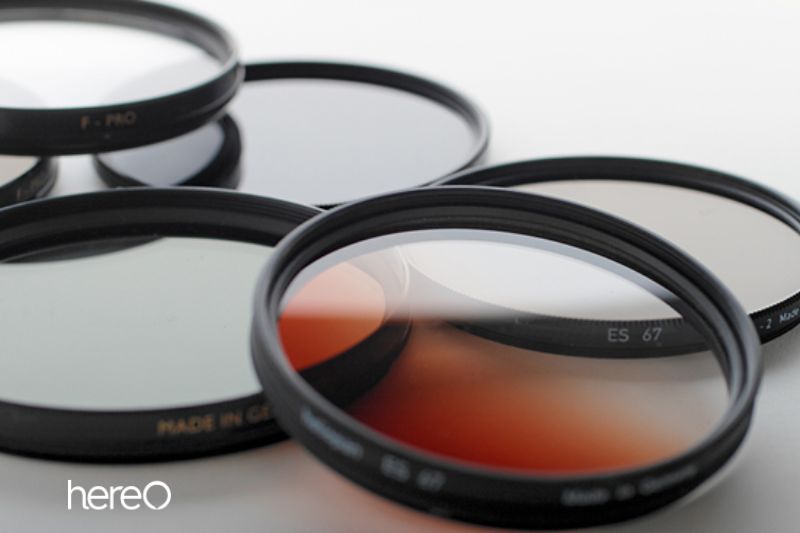
Is it okay to put camera protector on iPhone?
You don’t need to cover the iPhone’s camera lenses with a protector. The sapphire lenses are incredibly durable and scratch-resistant. They actually pose the lowest risk of damage or scuffing for the phone.
What does a camera lens protector do?
Your camera lenses are intended to be shielded from nicks and scratches by lens shields.
Why do photographers put tape on their lenses?
To protect your lenses from bumps
Conclusion
If you’re looking to keep your camera in pristine condition, investing in a lens protector is a wise decision. Not only will it protect your camera from harmful elements, but it won’t impact picture quality either. So go ahead and safeguard your camera today!
Thank you for reading this post from hereOfamily!
